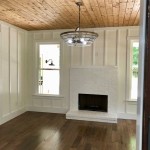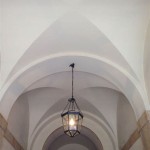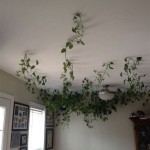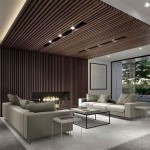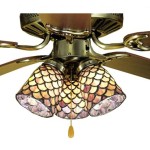Vaulted Ceiling Design: An In-Depth Guide for Clinicians
Vaulted ceilings, characterized by their upwardly sloping surfaces that create a sense of grandeur and spaciousness, have been a popular architectural element for centuries. They are often associated with cathedrals, castles, and grand homes, but their application extends far beyond the realm of traditional architecture. In healthcare settings, vaulted ceilings can contribute to patient well-being and create a calming ambiance. This guide provides a comprehensive overview of vaulted ceiling design, exploring its benefits, considerations, and practical applications for clinicians.
Benefits of Vaulted Ceilings in Healthcare Settings
The use of vaulted ceilings in healthcare facilities can offer a range of benefits, contributing to both the functional and aesthetic aspects of the environment:
-
Enhanced Sense of Space:
Vaulted ceilings create the illusion of greater height and volume, making a room feel more spacious and airy. This can be particularly beneficial in smaller rooms or areas that are prone to feeling cramped, promoting a sense of openness and reducing feelings of claustrophobia. -
Improved Natural Light:
Vaulted ceilings often incorporate large windows or skylights, allowing for ample natural light to penetrate the space. Natural light has been shown to have a positive impact on mood and well-being, reducing stress and anxiety. This can be particularly important in areas where patients may be experiencing a heightened level of stress, such as waiting rooms or examination rooms. -
Acoustic Advantages:
Vaulted ceilings can contribute to better acoustics, minimizing noise levels by absorbing sound reflections. This is especially crucial in healthcare settings where noise can be disruptive and create a stressful environment for patients and staff. -
Architectural Versatility:
Vaulted ceilings can be incorporated into a wide range of architectural styles, from traditional to contemporary. They can be customized with various materials, finishes, and lighting to create a unique and aesthetically pleasing environment.
Considerations for Vaulted Ceiling Design in Healthcare
While vaulted ceilings offer numerous advantages, there are several considerations to keep in mind when designing them for healthcare settings:
-
Accessibility:
It's crucial to ensure that vaulted ceilings do not compromise accessibility for patients with mobility impairments. Ramps, elevators, and other accessibility features should be carefully planned around the design of the vaulted ceiling. -
Maintenance:
Vaulted ceilings can be more challenging to clean and maintain than flat ceilings, especially when it comes to reaching high sections. The use of easily washable materials and efficient cleaning methods should be incorporated into the design. -
Cost:
Vaulted ceilings can be more expensive to construct than flat ceilings due to the additional materials and labor required. It's essential to balance the aesthetic and functional benefits of a vaulted ceiling with the budgetary constraints of the project. -
Lighting:
Appropriate lighting is essential in healthcare settings. With vaulted ceilings, it's crucial to design the lighting system to provide adequate illumination throughout the space, while avoiding glare and shadows.
Practical Applications of Vaulted Ceilings in Healthcare
Vaulted ceilings can be effectively implemented in various areas within healthcare settings:
-
Waiting Rooms:
A vaulted ceiling can create a more welcoming and less stressful environment for patients waiting to be seen. The increased sense of space and natural light can contribute to a positive experience. -
Examination Rooms:
Vaulted ceilings can enhance the privacy and comfort of examination rooms, creating a more intimate and less clinical feel. -
Therapy Rooms:
In therapy rooms, vaulted ceilings can promote a sense of openness and security, fostering a more therapeutic and calming environment. -
Cafeterias and Common Areas:
Vaulted ceilings can create a more inviting and spacious atmosphere in common areas such as cafeterias and lounges, encouraging social interaction and relaxation.
In conclusion, vaulted ceilings can be a valuable asset in healthcare settings, contributing to improved patient well-being, reduced stress, and a more aesthetically pleasing environment. By carefully considering the benefits, challenges, and practical applications of vaulted ceilings, clinicians and healthcare designers can create spaces that are both functional and conducive to optimal patient care.

21 South Fulton Dr Unit 18 Monta Ny 11954 Out East

New Interior Design Ideas For The Year Home Bunch

Decorating Mistakes Interior Designers Are Tired Of Seeing Décor Aid

Od Builds Dream Practice In Custom Farmhouse Close To Home Women Optometry

Inside An Outdoorsy Couple S Dream Home On Eight Acres In The Northland

A Single Story Contemporary With Vaulted Ceilings Galore In N Hill Cincinnati

Sunroom Addition Is Contractor Of The Year Grand Winner Articles Fairfaxtimes Com

Room We Love A Zen Treehouse In Aspen 5280

On The Market A Waterfront Cape Home With Beamed Cathedral Ceilings

Vaulted Brick Ceilings Revealed Inside Barcelona Apartment Renovation
Related Posts

